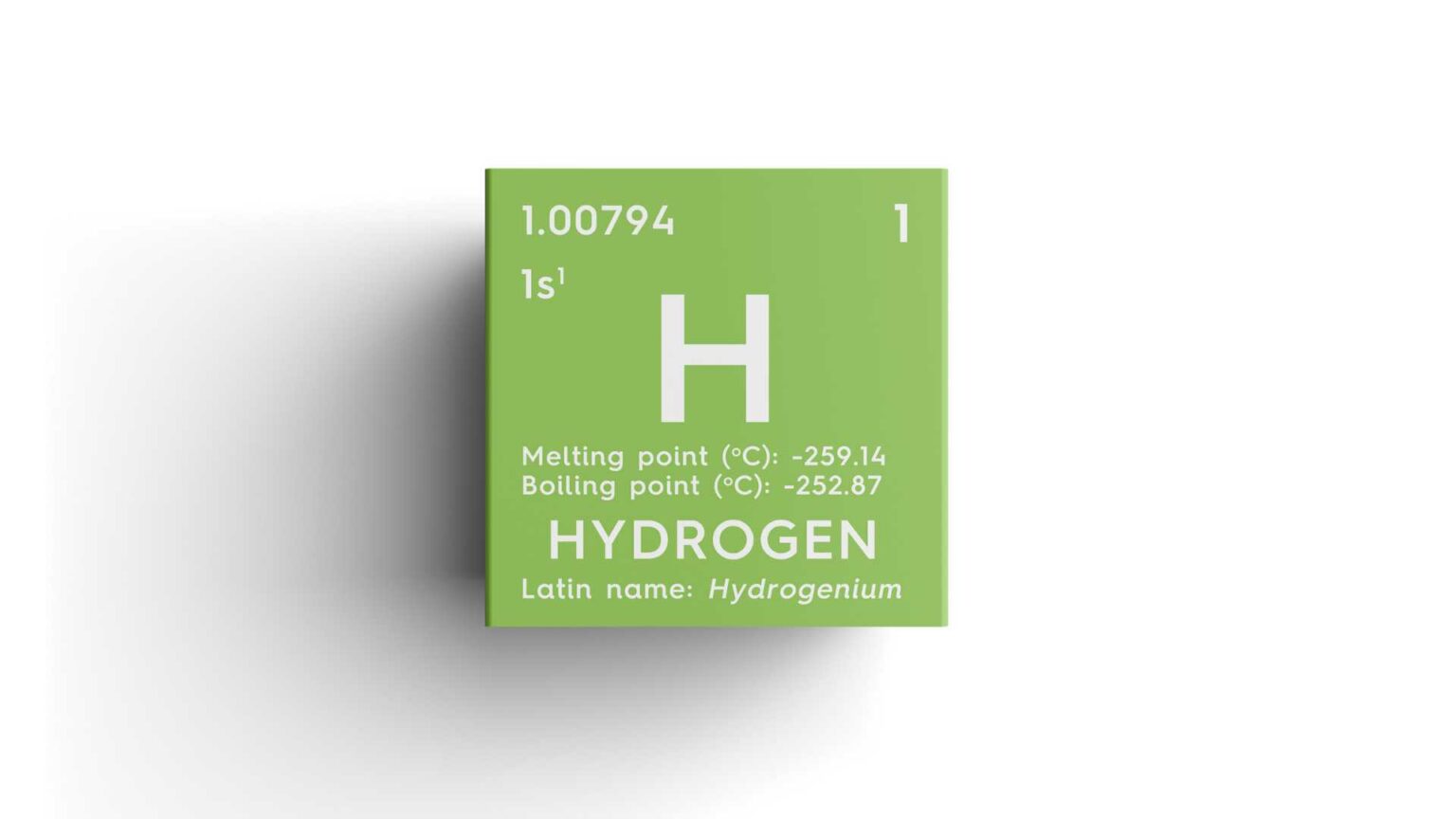As the International Energy Agency (IEA) delivers a “reality check” on the sluggish progress of green hydrogen, Rystad Energy emerges with a contrasting forecast, predicting a surge in momentum for the renewable-based hydrogen sector in 2024.
According to the international energy consultancy, clean hydrogen activity is experiencing a global surge, propelled by maturing policies and the emergence of early commercial-scale projects, notably in Australia.
Artem Abramov, head of cleantech research at Rystad, anticipates a significant uptick in hydrogen projects in 2024. The catalysts include large-scale projects in Australia, the Middle East, and Africa and the maturation of policies in Europe and the United States. Abramov describes 2024 as a year of clarity, emphasizing the completion of key feasibility studies that are expected to unveil promising new use cases for hydrogen consumption.
In addition, global auctions and grants are slated to roll out in 2024, providing crucial insights into pricing dynamics and technological advancements and identifying key players in this transformative landscape, according to Abramov.
Rystad’s optimistic forecast challenges the IEA’s recent assessment, highlighting slow progress despite numerous new green hydrogen project announcements. The IEA reported that, of over 360 GW of renewable energy-powered electrolyzer projects announced before 2030, only 3% had reached financial close or started construction.
Rystad anticipates fewer clean hydrogen project announcements in the current year, with most efforts in 2024 focusing on project realization. This marks the initiation of the learning-by-doing phase for the clean hydrogen economy, with announcements expected to be more conservative and lower in risks.
Carlos Torres Diaz, Rystad’s head of renewable and Power Research, underscores the pivotal role of 2024 in the energy sector. Despite challenges like elections, supply chain issues, and the maturation of nascent industries, Diaz predicts another record-breaking year for the solar and wind markets. With global renewables capacity growing by 50% in the past year, reaching almost 510 GW, and PV accounting for three-quarters of the additions, Diaz emphasizes the potential for more than 510 GW of solar PV and wind capacity to be added globally in the coming year.
However, Diaz cautions that while capacity growth continues, governments must implement the right incentives for renewable energy projects to ensure sustained momentum in the industry. As the energy sector braces for a rollercoaster ride in 2024, the outlook remains optimistic for clean hydrogen’s continued growth and impact in the global energy landscape.
